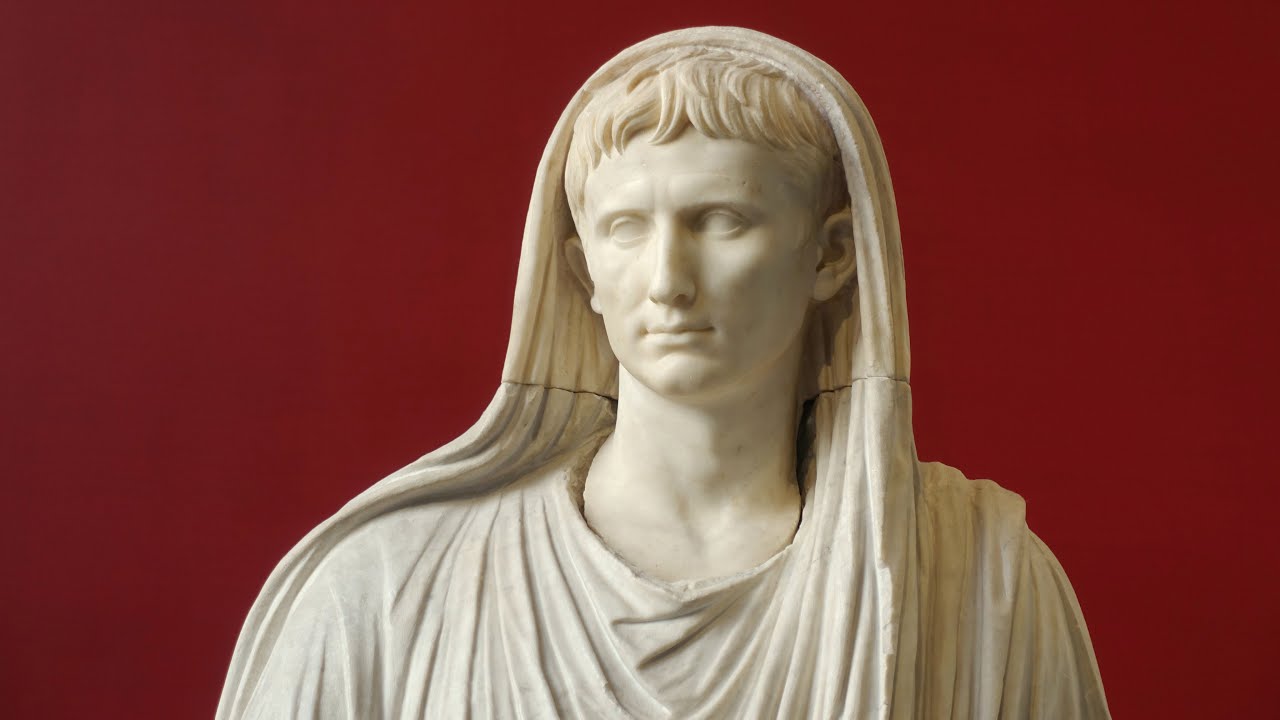Alberto Angela - Anfiteatro Flavio (Colosseo)
Summary
TLDRThe Colosseum, the largest stadium of ancient Rome, could hold up to 70,000 spectators. Built in less than 10 years, its architecture featured innovative use of arches, travertine, and iron-free techniques to withstand time. Its arena hosted brutal spectacles, including animal hunts and gladiator battles. The seating reflected social status, and a massive fabric cover, the velarium, protected audiences from the sun. While the Colosseum fell into disuse after the fall of the Roman Empire, it later became a quarry and a site for various uses. Today, it stands as a symbol of ancient grandeur and brutal entertainment.
Takeaways
- 😀 The Colosseum, the largest amphitheater in ancient Rome, stood nearly 50 meters tall, comparable to a 17-story building.
- 😀 It could hold 50,000 to 70,000 spectators, and its arena was the size of a modern football field.
- 😀 The Colosseum was made of white travertine and had four levels, with 80 massive arches on the first three levels.
- 😀 The design of the Colosseum was elliptical, not circular, to accommodate more spectators.
- 😀 The building's durability came from the Roman use of arches and clever construction techniques, using lead and iron pins to secure the blocks.
- 😀 The Colosseum’s interior was decorated with beautiful white marble slabs, fixed with marble pegs to prevent rusting.
- 😀 The Roman engineers used the arch structure repeatedly to ensure stability, reducing the need for massive support materials.
- 😀 The Colosseum had a complex system of vomitoria (exit passages), which allowed for rapid evacuation of spectators.
- 😀 Seating was divided by social class, with the general public seated at the top and the elite, such as senators and magistrates, seated in the front rows.
- 😀 Spectacles in the Colosseum included animal hunts, gladiator battles, and executions. The animals were trained to attack, and condemned criminals were sometimes thrown to the beasts.
- 😀 The Colosseum featured special effects like hidden trapdoors and elevators that would suddenly bring gladiators and animals into the arena, enhancing the drama of the shows.
Q & A
What was the size and capacity of the Colosseum?
-The Colosseum was nearly 50 meters tall, equivalent to a 17-story building. It could hold between 50,000 and 70,000 spectators.
How was the Colosseum's exterior constructed and what materials were used?
-The Colosseum's exterior was covered in white travertine and featured four stories, each with 80 large arches. The arches housed statues, and the structure was initially bright white.
Why was the Colosseum elliptical instead of circular?
-The Colosseum was designed in an elliptical shape to accommodate more spectators, maximizing space and visibility compared to a simple circular design.
What techniques did the Romans use to ensure the Colosseum’s structural integrity?
-The Romans used the arch as a key architectural element to distribute forces. Additionally, they employed iron clamps and molten lead to secure blocks together, which prevented slippage and contributed to earthquake resistance.
How were spectators able to access the Colosseum's seating areas?
-Spectators accessed the stands through a highly efficient system of stairs and tunnels, which allowed rapid evacuation. They entered through openings called 'vomitoria'.
How did the seating arrangement at the Colosseum reflect Roman social hierarchy?
-Seating was stratified by social class, with the general public sitting at the top and elites, such as senators and vestals, occupying the prime front rows.
What was the purpose of the Colosseum’s velarium and how was it operated?
-The velarium was a massive canopy designed to protect spectators from the sun. It was likely operated using a complex system of pulleys, ropes, and sailors from the imperial fleet.
What types of events were held in the Colosseum, and who participated in them?
-The Colosseum hosted various events, including 'Venationes' (animal hunts), gladiatorial combat, and executions. Gladiators, criminals, and trained animals participated in these events, often involving brutal confrontations.
Why is the idea of Christians being martyred in the Colosseum a misconception?
-The idea that Christians were martyred in the Colosseum is a misconception. They were executed in other locations, and not in the Colosseum, where gladiatorial contests and animal hunts were more common.
What innovations were used to create dramatic effects during the events at the Colosseum?
-The Colosseum featured trapdoors and lifts that enabled the sudden appearance of gladiators and animals. These effects were powered by a system of pulleys, with heavy counterweights and mechanisms that made objects appear unexpectedly on the arena floor.
Outlines

This section is available to paid users only. Please upgrade to access this part.
Upgrade NowMindmap

This section is available to paid users only. Please upgrade to access this part.
Upgrade NowKeywords

This section is available to paid users only. Please upgrade to access this part.
Upgrade NowHighlights

This section is available to paid users only. Please upgrade to access this part.
Upgrade NowTranscripts

This section is available to paid users only. Please upgrade to access this part.
Upgrade Now5.0 / 5 (0 votes)





